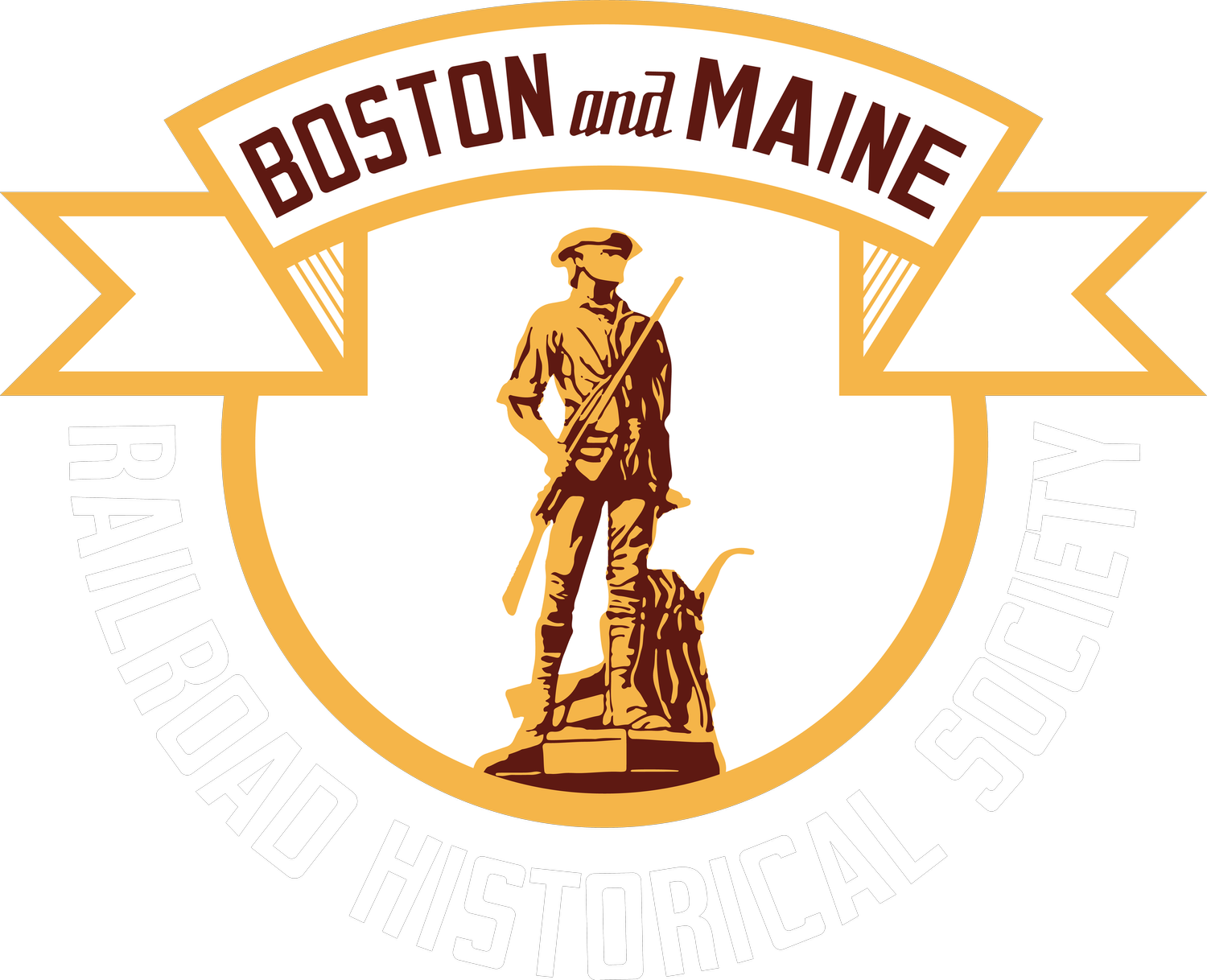Alan G. Dustin, 1929-2022
We were saddened to learn that Alan G. Dustin, the final president of the Boston & Maine Corporation during its independence, passed away February 27 at the age of 93. From 1974 to the railroad's sale to Guilford in 1983, Mr. Dustin led the charge out of the depths of the 1970 bankruptcy by dramatically repairing infrastructure, improving service, and repairing the B&M's reputation. Mr. Dustin was also extremely cooperative with the B&MRRHS, helping to foster donations and collaboration between the railroad and our historical society. Dustin has become a renowned figure to both B&M fans and railroad enthusiasts in general; the very picture of a railroad executive whose kindness, love for his industry, and devotion helped guide the railroad through a difficult point in its history.
From everyone here at the B&MRRHS — thank you, Mr. Dustin.
(The following excerpted from a 1977 feature in New Englander).
Mr. Dustin began work heaving baggage during the summer of 1947 at Ticonderoga, N.Y., and studying Morse at night to qualify for a telegrapher's job on the Delaware & Hudson Railway. He later helped accomplish major improvements to the Bangor & Aroostook Railroad of Maine before coming to the B&M in 1973.
ln 1976, under his guidance, the "B&M increased operating revenue to an all-time high of nearly $100 million, up $12 million from the previous year". Dustin is the consummate railroader. His past touches on almost every phase of railroading, from telegraph operator to train dispatcher to railroad president. Few railroading fundamentals or operating procedures exist with which he is not familiar.
"I never fought for or solicited any position," added Dustin. He attributes his rise in the ranks to a "great curiosity and conscientiousness."
In 1968 he left the D&H, one of the few small profitable railroads inthe Northeast, to go to the less fertile ground of the deficit-ridden Erie Lackawanna. In July 1970 he traveled to Bangor, ME, to take over the reins of the Bangor & Aroostook (BAR), primarily a carrier of paper products. He was called in to remedy a negative cash flow problem. During 1970, the BAR lost over a million dollars in cash. "For a small railroad, that is substantial. We had to take some painful steps, so the line would be more secure for the rest of its people," Dustin said.
The young executive from northern Maine was fast becoming recognized as an able and knowledgeable manager, an anomaly in the often lethargic railroad business. The late Paul Cherington hired him to do consulting work for the hapless B&M in 1973. "I was working for the B&M during the week, and returning to Bangor to run the B&A on the weekends," Dustin said.
Putting in 11-hour days at his Billerica, MA office was not uncommon. The no-frills and somewhat spartan atmosphere of the converted, aging brick building which houses B&M headquarters gives employees and visitors alike the impression that the B&M is cutting out the fat. In fact, Dustin often revokes his own executive privilege by eating lunch in his office, thus reducing the "businessman's lunch expense." (He is perhaps one of the few executives who takes phone calls between noon and 1 p.m.).
Cherington, with a leadership style not unlike Dustin's, died unexpectedly in August 1974. In that same month Dustin rose to the $60,000-a-year job of president of the Boston & Maine Railroad. "The B&M and the B&A were two different animals," Dustin noted. B&M equipment and track were in a shambles. Cross ties were rotting everywhere.
During his brief but productive tenure, Dustin and his staff have secured the B&M's precarious role in New England's economy. The B&M acquired 12 new locomotives in 1973. Extensive purchases and maintenance programs for the line's 3,900 freight cars have been instituted. An unprecedented locomotive refurbishing schedule, started in 1974, is responsible for rebuilding nearly half the fleet of 171. Two-way radio communication between locomotives, cabooses, and control towers has been installed.
Dustin concedes that without the commuter line sale to the MBTA, the B&M well might have been part of the huge, monolithic quasi-governmental corporation, Conrail. Keeping the B&M independent, Dustin feels, cannot be tied to pipe dreams of a dramatic resurgence in business. In any case, the efforts of Alan Dustin and company have made an uphill battle not quite so steep. Against what might appear to be unthinkable odds, Dustin seems to be well on his way to doing it.
